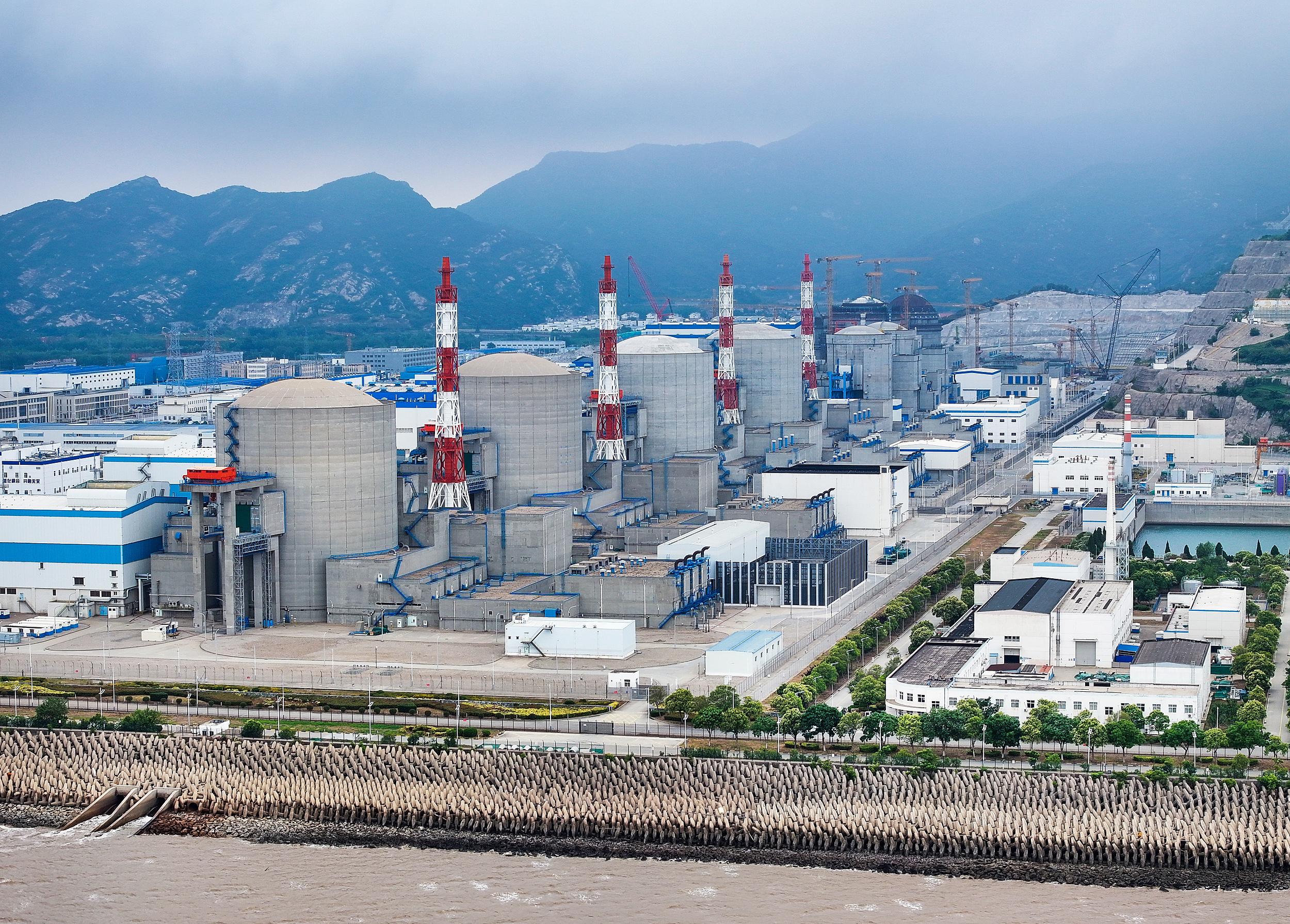Facilitator of Global Nuclear Energy Evolution

The 68th General Conference of the International Atomic Energy Agency (IAEA) was held in Vienna, Austria, where officials and representatives from IAEA member states discussed nuclear safety activities and the IAEA's technical cooperation program.
More than 2,900 representatives from over 170 member states and multiple international organizations around the world attended the conference in late September, fully affirming China's contribution to global nuclear energy governance and development.
Contributing to global nuclear energy development
This year marks the 40th anniversary of China's membership in the IAEA. Forty years on, China has continued to support the agency's work with concrete actions, established all-round cooperation with the IAEA in the fields of nuclear energy development and utilization, as well as nuclear safety and security, safeguards and non-proliferation.
According to the Blue Book of China Nuclear Energy Development Report (2024), the country's nuclear power generation last year reached about 433 billion kWh, equivalent to reducing the combustion of standard coal by more than 130 million tons.
In 2023, 33 nuclear power units in China scored full marks on the World Association of Nuclear Operator's comprehensive index.
IAEA Director General Rafael Mariano Grossi said China has made enormous strides in terms of its own nuclear power program in these 40 years. "China is one of the IAEA's most important partners and a global leader in nuclear energy," he added.
Meanwhile, in an effort to overcome its growing energy crisis, Pakistan is seeking to increase the contribution of nuclear energy and other renewable energy sources to its energy mix. China's assistance in Pakistan's civil nuclear energy program began in earnest in the late 1970s, as reported by South Asian Voices.
Anwar Ali, chairman of the Pakistan Atomic Energy Commission, said that the nuclear energy cooperation between Pakistan and China reflects the long-standing friendship between the two countries. Pakistan and China have jointly built six nuclear power units, which contribute 27 percent of Pakistan's national electricity generation.
"China has played a significant role in combating Pakistan's energy crisis, which is crucial for the state's socio-economic development," said Stratheia, a global policy platform.
Promoting opening-up international cooperation
As of June 30, 2024, the Chinese mainland had 56 operable nuclear power units, with an installed capacity of approximately 58.22 GW, according to China Nuclear Energy Association.
In fact, China is the world leader in nuclear technology at the moment, according to Jacopo Buongiorno, professor of nuclear science and engineering at the Massachusetts Institute of Technology, on CNBC.
At a meeting during the IAEA's annual general conference, China announced that it would open 12 nuclear research facilities to promote the building of high-level global technological cooperation platforms in collaboration with other countries.
The facilities, including the China Advanced Research Reactor, the new-generation tokamak device Huanliu-3, and the Beishan Underground Research Laboratory, span areas such as basic nuclear research, isotope production, nuclear environment simulation, equipment testing, and radioactive waste treatment and disposal.
The IAEA's Deputy Director General Mikhail Chudakov, welcomed China's decision to open up more of its nuclear research and development facilities, adding that the move will further strengthen the agency's technical capacity to support its member states.
For now, China has established eight IAEA collaboration centers, and has established a nuclear science and technology research and development cooperation mechanism with countries and international organizations such as France, Russia and the European Union.
It has also cooperated with developing countries such as Thailand, Indonesia, Pakistan, Algeria, Ghana and Nigeria to build a series of nuclear scientific research facilities and joint laboratories in local areas.
Moreover, the nuclear energy and technology for the benefit of the Global South, proposed by China, demonstrated the member states' joint commitment to support the development of the Global South.






